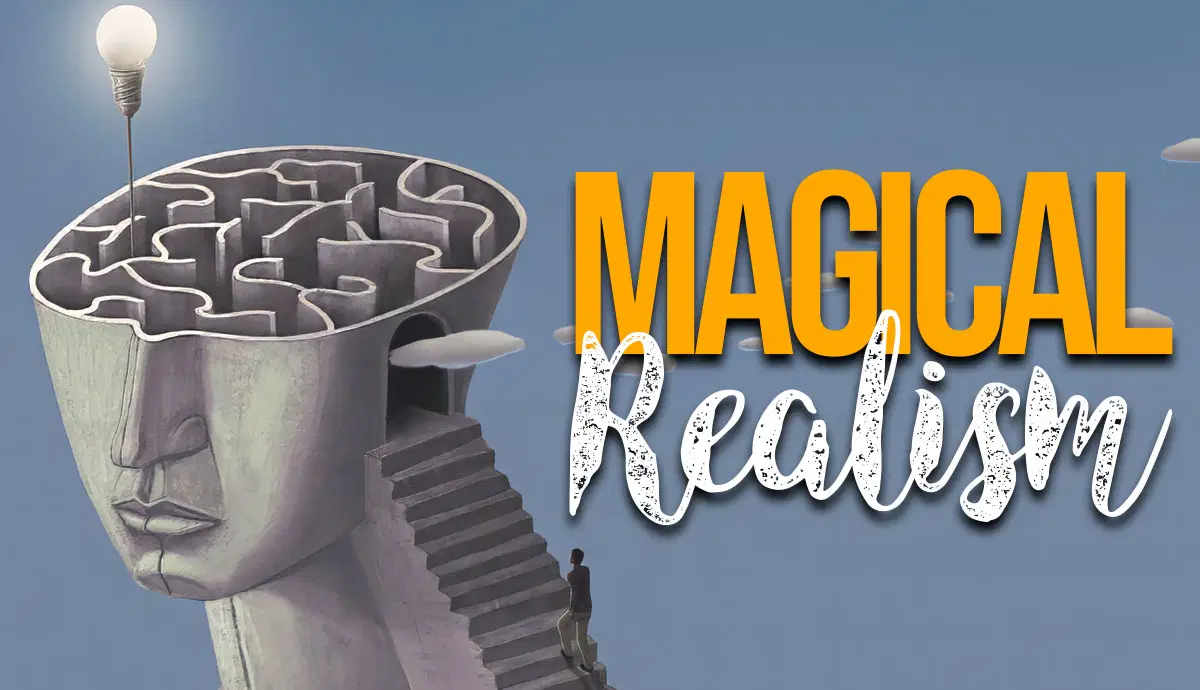Magical elements in literature have captivated readers for centuries, transporting them to worlds where the impossible becomes possible. These elements can be subtle or overt, woven seamlessly into the fabric of a story or standing out as bold, fantastical features. Identifying these magical elements is not only an enjoyable exercise for readers but also a valuable skill for literary analysis.
Understanding magical realism
Magical realism is a literary genre that blends realistic narrative with magical elements. It’s important to distinguish this from pure fantasy, as magical realism presents extraordinary events in an otherwise ordinary world.
- Look for mundane settings with surreal occurrences
- Notice how characters react to magical events as if they’re normal
- Observe the blurring of lines between reality and fantasy
Recognizing fantastical creatures and beings
One of the most obvious magical elements in literature is the presence of creatures and beings that don’t exist in our world.
- Mythical creatures like dragons, unicorns, or phoenixes
- Supernatural beings such as ghosts, vampires, or werewolves
- Anthropomorphic animals or objects with human-like qualities
When reading, pay attention to descriptions of characters that defy natural laws or possess abilities beyond human capacity.
Identifying supernatural abilities
Characters with supernatural abilities are a common magical element in literature. These powers can range from subtle to extraordinary:
- Telekinesis or mind-reading
- Ability to control elements (fire, water, earth, air)
- Shapeshifting or transformation
- Immortality or rapid healing
Look for descriptions of characters performing actions that would be impossible in the real world.
Spotting magical objects and artifacts
Enchanted items often play crucial roles in magical narratives. These objects may have special properties or powers.
- Wands, amulets, or talismans with magical properties
- Mirrors or portals that transport characters to other worlds
- Books or scrolls containing magical knowledge or spells
- Everyday items imbued with extraordinary abilities
Pay attention to objects that seem to have powers beyond their normal functions or that play pivotal roles in the plot.
Recognizing altered natural laws
In many magical stories, the laws of nature as we know them may be bent or broken.
- Altered physics, such as characters flying or objects defying gravity
- Manipulation of time, including time travel or time stopping
- Weather or natural phenomena controlled by characters or magical forces
- Plants or animals with unnatural properties or behaviors
These elements often create a sense of wonder and establish the magical rules of the story’s world.
Identifying magical settings and places
Magical elements can be embedded in the very setting of a story:
– Enchanted forests, castles, or islands
- Parallel universes or alternate dimensions
- Hidden magical communities within the real world
- Locations with special properties, like fountains of youth or caves of prophecy
Notice how authors describe these settings and how they differ from ordinary places.
Recognizing magical systems and rules
Many works featuring magic establish specific systems or rules governing how magic works in their world.
- Spell casting with specific incantations or rituals
- Magic tied to natural elements or celestial bodies
- Powers linked to bloodlines or inherited traits
- Consequences or limitations on the use of magic
Understanding these systems can help you identify when magic is being used within the context of the story.
If you’re interested in exploring more about magical elements in literature, consider attending events like the sfliteraryfestival, where authors and literary experts often discuss these themes in depth. Such festivals provide excellent opportunities to gain insights into the craft of incorporating magic into writing and to discover new works that showcase innovative uses of magical elements in literature.
















